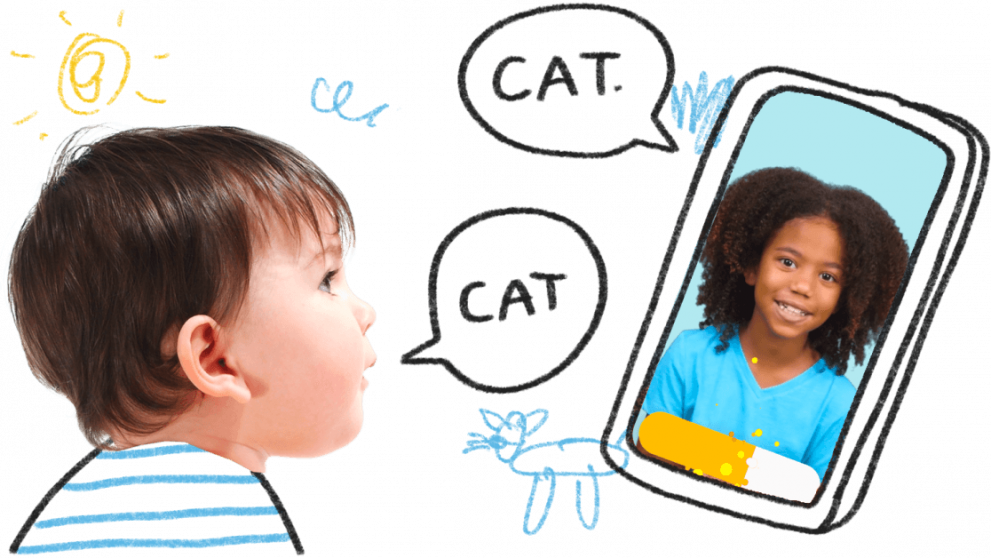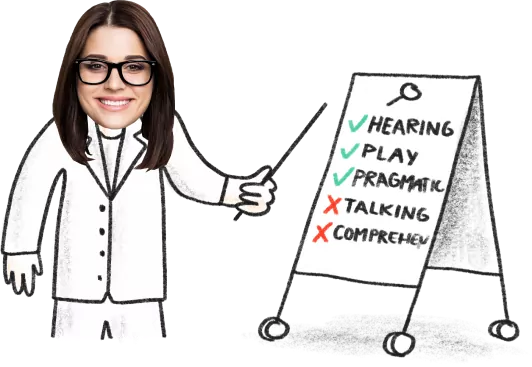Easy Does It for Articulation a Phonological Approach Pdf
100+ fun activities for kids that will keep them entertained for hours! Target speech development through play and games. They won't even know they are learning!
Learn about your baby and toddler developmental milestones! Check if you are on track, when to worry, and how to work on skills like language, potty training, and feeding!
Every child is different! Here are speech and language tips and tools for kids with learning differences, alongside information for parents provided by speech therapists.
Parenting starts with your well-being! Here is some advice on how to teach life skills, work from home, distance learning, along with tips for developing parenting coping skills.
We help kids speak no matter their speech challenges! Speech therapists advise parents about late talkers, speech delay, stuttering, apraxia, articulation, and other speech impediments.
From your first worry to your first appointment, and your last speech therapy session – find the information you need to help your child thrive and gain necessary speech skills.
A Comparison of Articulation and Phonological Processing
Jan 15, 2022 When children are first referred to a speech-language pathologist, it is typically because they are not easily understood by their parents, close family members or teachers.
Often, when we talk about typical development in speech, the conversation is influenced by articulation and phonological awareness. So, it's important to realize that there are many reasons why a child isn't talking or why their intelligibility (what is understood by the listener) is poor, and phonological processing is one of them.
The more you practice, the more it carries over! Try the Speech Blubs app for fun and engaging therapy sessions with your little one.
Boost Your Child's Speech Development!
Improve language & communication skills with fun learning!

Speech sound disorders can be broken down into phonological disorders and articulation disorders. Please note that it is very important that speech sound disorders be diagnosed appropriately, as treatments for phonological and articulation disorders differ.
Next, articulation disorders happen when a child has difficulty producing a specific sound (or sounds) and are fixed by addressing the sound(s) in error. For example, a child may put their tongue in the wrong spot when creating the /r/ sound, which makes the /r/ sound different than it should be.
If your child has an articulation disorder, they:
- have problems making sounds and forming particular speech sounds properly (e.g. they may lisp, so that s sounds like the);
- may not be able to produce a particular sound (e.g. they can't make the r sound, and say "wabbit" instead of "rabbit").
You can target specific sounds with articulation therapy:
- Articulation Therapy: An All-in-One Guide for Parents
- B Sound Articulation Therapy
- H Sound Articulation Therapy
- JJ and CH Sounds Articulation Therapy
- L Sound Articulation Therapy
- Lisp Articulation Therapy
- M Sound Articulation Therapy
- N Sound Articulation Therapy
- NG Sound Articulation Therapy
- R Sound Articulation Therapy
- S Sound Articulation Therapy
- SH Sound Articulation Therapy
- T and D Sounds Articulation Therapy
- W Sound Articulation Therapy
Phonological disorders are more complex, as they are patterns in a child's speech used to simplify speech sound production. An example of this is when a child deletes the last sound off of a word. They might say /ca/ for /cat/ or /si/ for /sit/. The majority of children with highly unintelligible speech present with a phonological disorder, as their speech is characterized by repeating patterns of incorrect productions.
Children have a phonological disorder if they:
- are able to make the sounds correctly, but they may use it in the wrong position in a word, or in the wrong word, e.g. a child may use the d sound instead of the g sound, and so they say "doe" instead of "go";
- make mistakes with the particular sounds in words, e.g. they can say k in "kite" but with certain words, will leave it out e.g. "lie" instead of "like."
The types of disorders in phonological processes chart:
| Phonological Process | Description | Example |
| Fronting | replacement of a sound typically produced in the back of the oral cavity with a front sound | "tar" for "car," "tandy" for "candy" |
| Backing | replacement of a sound typically produced in the front of the oral cavity with a back sound | "gog" for "dog" |
| Final Consonant Deletion | omission/deleting of final consonant | "cu" for "cup" |
| Cluster Reduction | simplification of a cluster (two letter sound) into single sound | "poon" for "spoon" |
| Weak syllable deletion | deletion of weak syllable in word | "tefone" for "telephone" |
| Gliding | sound /r/ and /l/ replaced by /w/ and "j" | "wadder" for "ladder" |
| Stopping | replacement of sounds | "too" for "shoe" |
| Reduplication | repetition of syllables | "wawa" for "water" |
| Prevocalic Voicing | replacement of voiceless consonant with a voiced consonant | "vone" for "phone" |
| Initial Consonant Deletion | deletion of initial consonant | "ose" for "nose" |
| Epenthesis | addition of "uh" sound in between two consonants | "puh-lane" for "plane" |
It's important to know that children's speech goes through normal articulation and phonological errors. By 2-years-of-age, a child's speech should be 50% intelligible to an unfamiliar listener, by 3-years-of-age 75% intelligible to an unfamiliar listener, and by 4-years-of-age 100% intelligible to an unfamiliar listener (ASHA).
Have a question for our Speech Therapists?

Get started with Speech Blubs
Cancel anytime, hassle-free!
Source: https://speechblubs.com/blog/articulation-versus-phonological-processing/
0 Response to "Easy Does It for Articulation a Phonological Approach Pdf"
Post a Comment